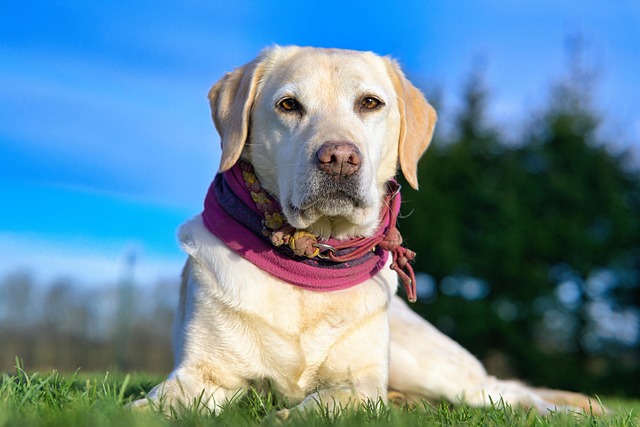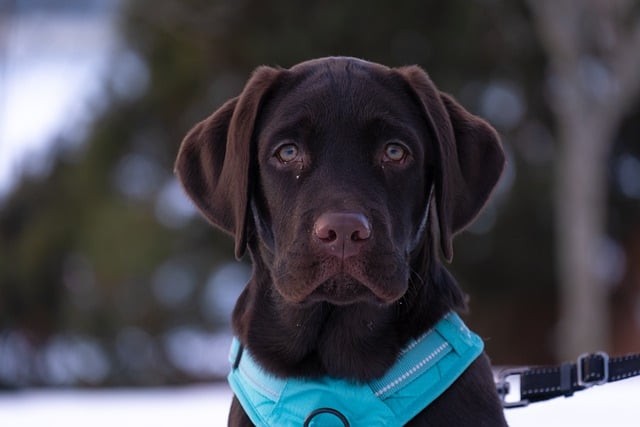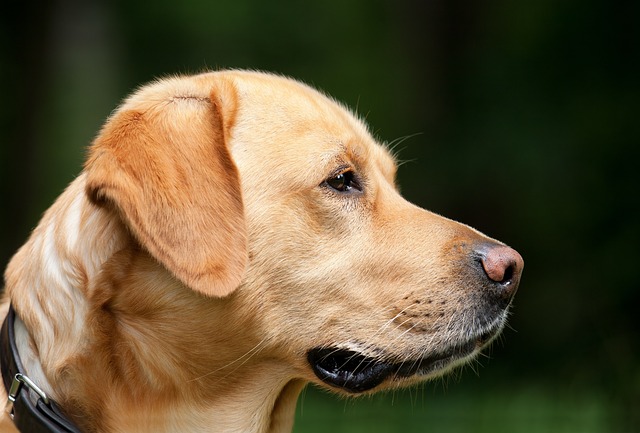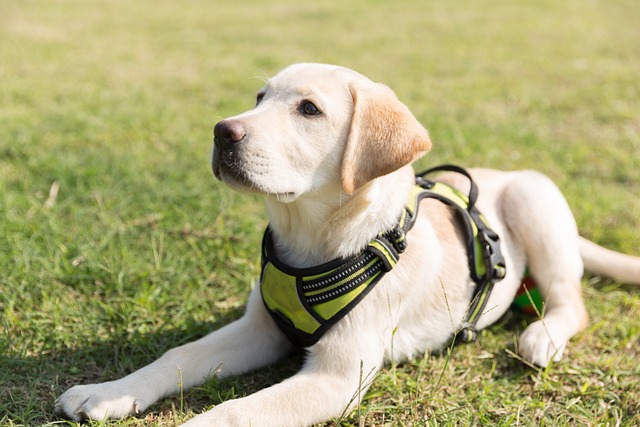
How do i train my dog to be obedient?
Watching your dog dart across the park ignoring your calls isn’t just frustrating—it can put them at risk near busy streets or public spaces.
Beagles are bundles of energy with a curious streak that makes them beloved family pets, but those sharp little teeth can turn playtime into a painful hassle. Puppy biting is normal for most breeds, but Beagles—with their strong jaws and love for exploring with their mouths—can take it a step further. The good news is that with consistent effort, you can help your Beagle learn that biting isn’t an acceptable way to interact.
First, it’s important to understand why your Beagle is biting. Puppies often nip during teething, using their mouths to explore the world around them. Adult Beagles might bite out of excitement, boredom, or even frustration when they’re not getting enough exercise. Since Beagles are pack animals, they also thrive on interaction, so a lack of mental stimulation can make biting worse. Instead of scolding harshly, try redirecting that energy—keep a few chew toys handy, and when those teeth come out, gently swap your hand or furniture for a toy they’re allowed to gnaw on.
Positive reinforcement works wonders with this breed. Beagles respond eagerly to praise and treats, so when they stop biting on command, offer a small reward and plenty of verbal encouragement. For example, if they start nipping during play, say “gentle” in a calm voice and wait for them to pause. The second they do, shower them with affection. This teaches them that soft behavior gets attention, while biting leads to a pause in the fun. Avoid physical punishment; it can make them fearful or more aggressive, which goes against guidelines that many communities follow to promote safe pet ownership.
 Consistency is key, especially in households with multiple people. Everyone who interacts with your Beagle should use the same cues and rewards. If one person laughs off nipping while another scolds, your pup will get confused. Also, remember that Beagles need plenty of exercise—daily walks and play sessions help burn off that excess energy that often leads to biting. A tired Beagle is a well-behaved Beagle, as they’ll be too busy napping to sink their teeth into things they shouldn’t.
Consistency is key, especially in households with multiple people. Everyone who interacts with your Beagle should use the same cues and rewards. If one person laughs off nipping while another scolds, your pup will get confused. Also, remember that Beagles need plenty of exercise—daily walks and play sessions help burn off that excess energy that often leads to biting. A tired Beagle is a well-behaved Beagle, as they’ll be too busy napping to sink their teeth into things they shouldn’t.
Socialization plays a big role too. Exposing your Beagle to other dogs and people in controlled settings helps them learn appropriate behavior. Puppy classes, where they can interact with others under supervision, are great for teaching them that rough biting isn’t part of friendly play. Just make sure any classes you attend follow local regulations for pet interactions, ensuring everyone’s safety.
Training a Beagle to stop biting takes time, but seeing those playful nips turn into gentle licks is worth the effort. Stay patient, keep sessions short and fun, and remember that every pup learns at their own pace. With the right approach, you’ll help your Beagle grow into a polite companion who knows how to show affection without the bite.

Watching your dog dart across the park ignoring your calls isn’t just frustrating—it can put them at risk near busy streets or public spaces.

New puppy owners often find themselves rushing to clean up accidents before they set in, and that’s where puppy pad training becomes a game-changer.

If you've noticed your dog's waistline disappearing and your veterinarian has mentioned those few extra pounds, your first instinct might be to simply reduce the amount of food in their bowl.

Training a dog to use a designated spot indoors isn’t as daunting as many new owners fear, but it does take consistency and an understanding of your pet’s needs.

That moment of dread on a walk is all too familiar for many new dog owners. You see another dog approaching down the sidewalk of your neighborhood

If the sight of another dog on your neighborhood walk makes your heart sink as your own dog erupts into a frenzy of barking and lunging, you're not alone.